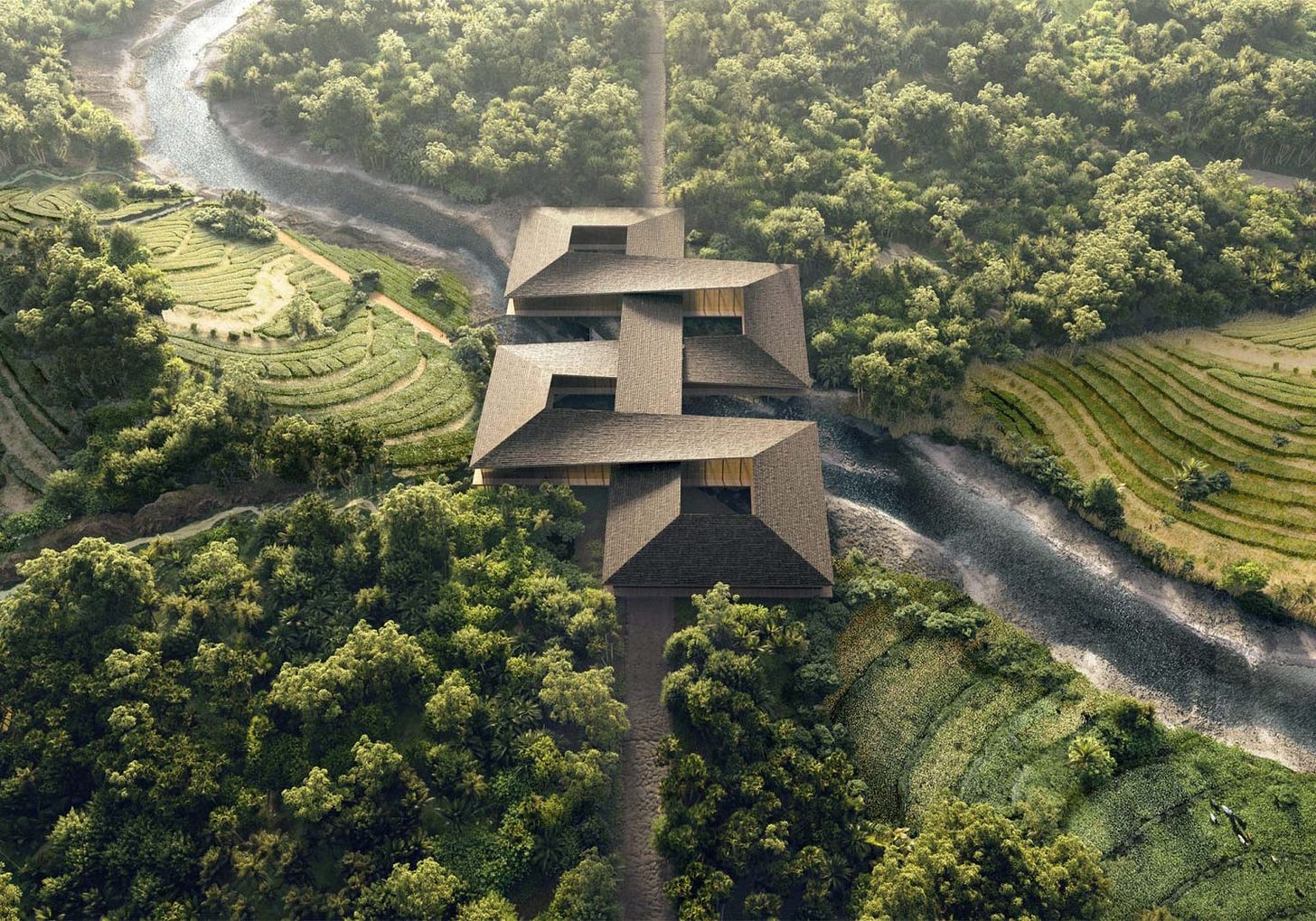A few weeks ago, when presenting at a conference, the founder of Bhutan’s Institute of Happiness told me about a bold government experiment to build a new city in the country based on happiness and mindfulness principles rather than economic development. He asked, could it work?
Development economists and international organizations like the World Bank and IMF have long thought about social change through the lens of economic growth. Economic growth is also viewed as a master variable in political science – and I’ve written plenty about it. Economic development is supposed to empower people: to lift them out of poverty, provide opportunity and dignity, and support self-determination, health, and longevity.
By and large, wealth and prosperity do these things. All things equal, how many of us feel like we’d be better off poorer? At the same time, all of us are familiar with the phrase that “money doesn’t buy happiness” (though research shows it perhaps buys some). There is far more to human happiness and flourishing than wealth. Citizens in some of the wealthiest societies on earth – including the US – aren’t necessarily especially happy. Other problems intervene: crime, broken families, mental health struggles, addiction to drugs or social media, gross inequalities, the destruction of the natural environment, and more.
Bhutan embarked on an unanticipated experiment starting in the 1970s: Shifting the social focus from maximizing Gross National Product to instead maximizing Gross National Happiness. Not the sort of fleeting, joyful happiness linked to emotional moments, but rather a contentment, tranquility, and happiness with life and oneself.
When Bhutan first conceived of the plan, it was a deeply Buddhist and culturally unique society with practically no roads, no clean drinking war, few schools, and life expectancy in the 40s. The vast majority of the population practiced subsistence agriculture and lived in multigenerational farmhouses. The country was governed by a monarchy.
The search for Gross National Happiness did not seek to simply make people happy with their lot. Rather, the idea was to generate development and wealth in coexistence with sacred values, contentment, sustainability, and broader well-being. Buddhist culture and religion remain strong in the country today, but it is a radically different place. There is free education and healthcare and life expectancy is in the 70s. The monarchy also ceded power to an elected parliament.
But Bhutan is a small country, and some of its now better-off and educated citizens are seeking opportunities elsewhere, a trend accelerated by the disruptions in the tourist industry caused by the global pandemic.
So the government wants to take a new step in its decades-long happiness experiment: Create a new city of the future from scratch that will place happiness as its guiding principle. Named the Gelephu Mindfulness City, it will be built in phases over the next 20 years in collaboration with experts and investors around the world. The design lead is the Danish architect Bjarke Ingels. Ingels’ goal: “to create a city that does not displace nature, that is anchored and rooted in the local heritage and culture, and that still allows for prosperity and growth to happen. That is a challenge that a lot of places in the world are struggling with.”
The city will have its own legal framework and a unique design rooted in the region’s many rivers. Neighborhoods will be nested between rivers and connected by bridges that themselves serve public functions as health care facilities, schools, and more. The rivers will also be the engines of clean electric power. The city will be lodged in nature, between a wildlife sanctuary and a national park, and aims to be in harmony with it.
Experiments to design new cities like this are nothing new. Think of Brasilia, Brazil’s capital built from scratch far from major population centers in 1960. Or even the East Solano Plan, a proposal by tech billionaires to build a massive new city from scratch in a rural corner of the Bay Area. Many efforts to build new cities have aspirational or even utopian aims.
In most cases, new communities don’t live up to those aims. They end up replicating many of the same problems that other parts of society feature, whether because of their design, building problems or oversights, or because they draw inhabitants that bring with them the same economic, social, and cultural issues from other locales. Some communities fall flat because they are too dependent on the ideas and structures imposed by a single, flawed individual; they may thrive for a time but then wither as either that individual dies or the flaws are revealed.
Bhutan’s new happiness city faces some of the same risks. But it is also taking steps to head them off. By taking its time, thinking carefully and creatively about design, and consulting widely, it hopes to provide a new model of living that more deeply embeds meaning and connection. The final task will be actually populating the city and working to ensure that its new inhabitants thrive in the many ways needed to be happy. Fingers crossed that they succeed – and provide some lessons for elsewhere.
Note: Leading image is a rendering of a bridge in the new Gelephu Mindfulness City.





I enjoyed reading this. Bhutan gets too little attention in CP. Made me think of Eleonora Pasotti's work on global cities -- trying to make big cities in the global north and global south more livable -- with more public space, transit, etc.